The Black Swan episode of Revisited was Written and Narrated by Vannah Taylor, Edited by Tyler Nichols, Produced by Tyler Nichols and John Fallon, and Executive Produced by Berge Garabedian.
Elegant tutus and pink tights. Perfectly taut buns and laced pointe shoes. Beautiful princesses in search of the love of a prince and dying of broken hearts. Grace and poise. This is the world of ballet as most people know it. But ballet has also been used as a critical element in a few select horror films over the years, such as Dario Argento’s Suspiria, Jordan Peele’s Us, and even Radio Silence’s upcoming vampire thriller Abigail. This raises the question: what is there to fear about dances of Sugar Plum Fairies and Little Swans. And nowhere is the world of ballet explored with a deeper or more horrific lens than in Darren Aronofsky’s 2010 psychological thriller Black Swan (watch it HERE).
Ballet is a revered art form with origins dating as far back as 15th century aristocratic entertainment. Over the years, ballet has evolved: productions have become much more elaborate, and an increasing emphasis on athleticism, technique and ideal form have emerged. Swan Lake, which first premiered at the Bolshoi Theatre in 1877, is a notably difficult ballet to perform, not only because of a certain level of technique and stamina required from a company’s dancers, but because it requires the lead dancer to play two opposing roles. This duality is what would go on to inspire director Darren Aronofsky.
Aronofsky, whose sister studied dance, expressed interest in exploring the world of ballet early into his career, and was particularly drawn to the ballet Swan Lake due to its reputation. His vision wouldn’t come to life until after the release of his 2008 sports drama film The Wrestler– a film focused on pushing the body to the extreme for the sake of one’s craft–a theme he continues to explore in Black Swan, allowing the two films to be companion pieces.
The demanding conditions of the ballet extended themselves beyond the plot and into the lives of the actors, with stars Natalie Portman and Mila Kunis being put on strict diets and training regimens prior to filming in order to attain the right physique necessary to make their portrayal of professional ballet dancers believable. Portman even cited having trained for over a year prior and losing a total of 20 pounds for the film. While the heavy lifting for the dance sequences in the film when it comes to tricks or footwork is done by Sarah Lane, a dancer for the American Ballet Theater, much of what is shot from the waist up for Nina’s character is performed by Natalie Portman herself, making it an equally psychologically and physically demanding role. Now let’s delve into how these commitments mirror the intricacies of the film itself.
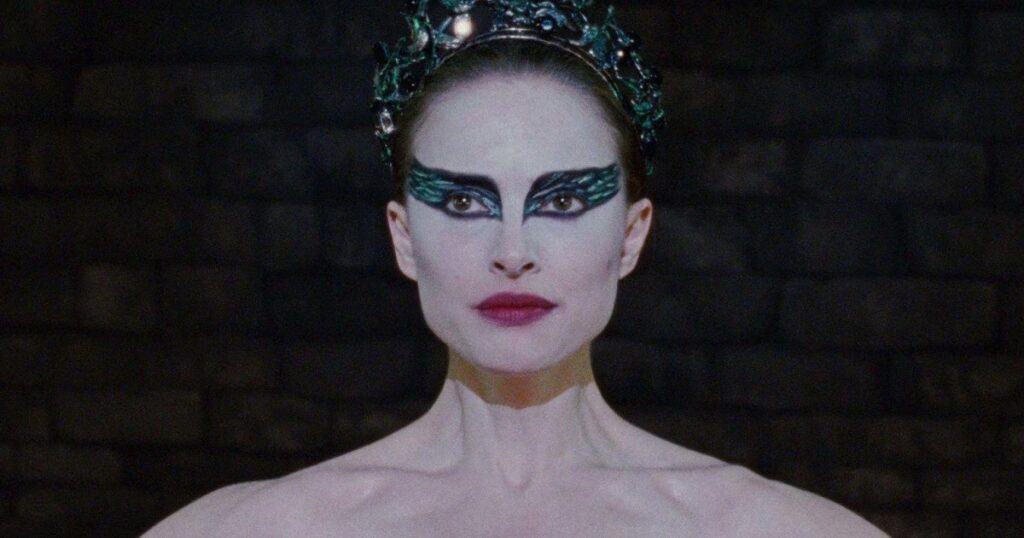
Drawing inspiration from the duality inherent to Swan Lake’s narrative, Black Swan explores the psychological unraveling of Nina Sayers, a tightly wound but dedicated soloist for a professional ballet company that is preparing to open their season with Tchaikovsky’s Swan Lake. Nina has been chosen to dance as the lead role of the Swan Queen, a notoriously demanding part due to its expectation of a duel execution as both the White Swan, Odette, and Black Swan, Odile, and the pressure of the performance begins to chisel away at Nina’s grasp on reality. The film, first and foremost, is an adaptation of Swan Lake, taking it from the stage to the screen and expertly blending the fears that many dancers feel during their careers into the fairytale. The story of Swan Lake, as it is prophetically recited in the film by the company’s artistic director, Thomas LeRoy, is as follows: “Virgin girl, pure and sweet, trapped in the body of a swan. She desires freedom, but only true love can break the spell. Her wish is nearly granted in the form of a prince but before he can declare his love, her lustful twin—the black swan—tricks and seduces him. Devastated, the white swan leaps off a cliff, killing herself—and in death, finds freedom.”
Nina finds herself fearful of her own evil double threatening to take this dream role out from under her, and becomes paranoid of the newest dancer to join the company, the dark haired and doe-eyed Lily. Meanwhile, Nina is also haunted by a glimpse into her sorrowful future as “the Dying Swan,” in the form of Beth, the former principal who is forced into retirement due to her age. As she continues to unravel, Nina will do anything to be the Swan Queen, no matter how deadly her dedication to perfection becomes.
One of the film’s most compelling aspects to dissect is the doppelganger motif: the duality between the White Swan and the Black Swan. The fear of being pursued by an evil doppelganger is echoed in folklore from around the world, with various cultures believing doppelgangers to be omens of misfortune, harbingers of death and (as is the case with Swan Lake) tricksters. The evil sorcerer Rothbart has turned Odette into a swan, now only able to take the form of a maiden during the night. The only cure, as with most stories little girls are told, is a declaration of true love. Odette is hopeful after meeting Prince Siegfried, but in order to keep her under his control–Rothbart disguises his own daughter Odile, as Odette. Blinded by a combination of sorcery and seduction, the prince declares his love to the wrong woman. Then, depending on whose stage production you go to see, Odette throws herself off a cliff to free herself both from heartbreak and Rothbarts spell OR (in some versions) the prince kills himself over the guilt of his misguided betrayal. Nina’s dedication to her role as Swan Queen causes this fantasy to bleed into her reality. The film uses Lily as a parallel to Odile, seemingly stealing Thomas’ attention, but she is not *really* the doppelganger haunting Nina’s psyche–this is a psychological horror after all. Just as the same dancer plays both roles on stage, Nina is the antagonist of her own story, betrayed by her own reflection and seeing visions of another Nina. The only one standing in Nina’s way is herself.
While Nina does see hallucinations of herself in various places, the doppelganger imagery is often created in a practical sense, with mirrors and other various reflective surfaces being utilized in almost every scene of the film. Nina and the other dancers are duplicated, fractured, manipulated, or distorted through these surfaces. Aronofsky was keen on this detail because mirrors themselves are integral to the lives of ballerinas. Since the art of ballet stands upon its own ideas of beauty and physique, dancers learn from as early as preschool ages how to pick apart and interrogate their image through the mirror. Dancers will often even have a “favorite mirror” in their studios, a mirror they think makes their body look its best. But basing one’s self-worth on the perception of a mere reflection is taken to the extreme in Black Swan, reminding us that what we see in the mirror might not be a true image. The need to find a flaw to correct is a pivotal habit that manifests literally through Nina’s compulsive scratching and skin picking. However, it is usually Nina’s reflection seen doing the cutting or scratching–a manifestation of another Nina trying to scratch her way to the surface.
In the film, the White Swan and Black Swan archetypes are used as opposing symbols of purity and seduction, representing Nina’s internal struggle between her need for perfection and desire for freedom. Nina is trapped in a perpetual state of adolescence by her mother. Imprisoned in a room adorned with ballet pink walls, countless ballerina figurines, and plush pillows, it becomes easy to overlook the fact that Nina is no longer a child. Every detail reinforces Nina’s image of untainted innocence, from her attire consisting entirely of whites and pinks to Natalie Portman being required to regress in her vocal training, utilizing the naturally childlike quality of her voice for which she had previously been criticized. Her whole life, Nina has trained to embody the docility and delicacy deeply woven into the fundamentals of ballet. However, once presented with the opportunity of a lifetime, she discovers something entirely different is being demanded of her. Nina’s arrested development imbues Black Swan with a coming-of-age quality, showing her attempts to explore self-expression in mature ways that have previously been hidden from her. As Thomas demands that she “get ready to give [him] more of that bite,” Nina allows Lily to assist her on the journey towards embodying the Black Swan.
But what about the ending? As is often the case with psychological thrillers, the question of “what really happened” inevitably gets murky…
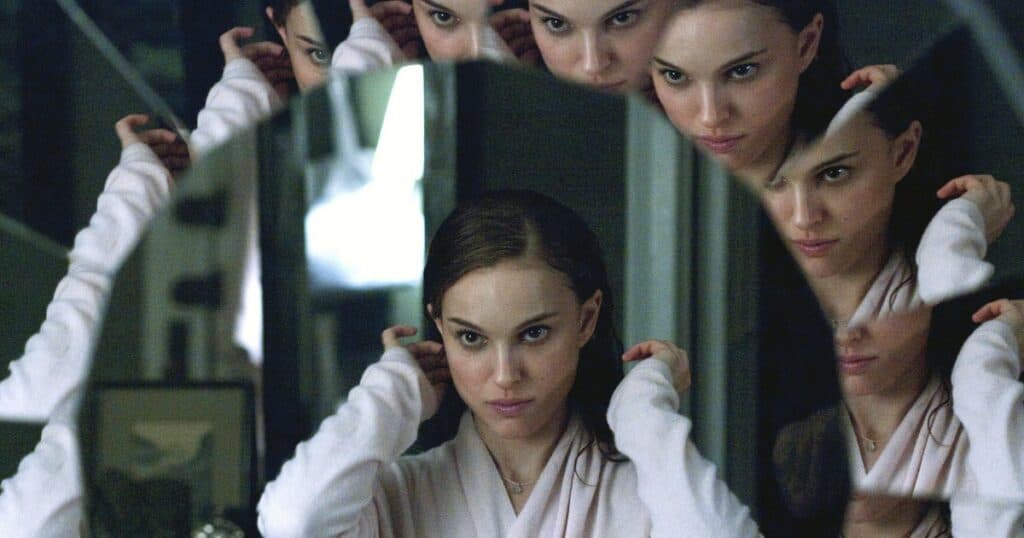
Nina is tasked with mastering her roles as both the White Swan and the Black Swan. Drawing from the concept of the Madonna-whore complex, Nina must reconcile the sense of purpose she once derived from her sacrifices for virtuousness, purity and perfection, with the freedom she feels in her newfound adulthood. In essence, Nina must kill her old self for a new self to emerge, reborn…and that is where your interpretation of the ending comes into play.
After seemingly “killing” Lily for her attempt to take her place on stage, Nina finds that she has actually stabbed herself–symbolically destroying the version of herself that she believed stood in her way. As the film comes to an end, she utters the words “it was perfect.” One interpretation suggests that when envisioning herself killing Lily, Nina was eradicating the part of herself that desired freedom–allowing the pursuit for perfection to triumph in her final moments and making the ultimate sacrifice.
However, Natalie Portman holds a different viewpoint on Nina’s fate. When preparing for the scene, Natalie Portman was concerned with the placement of the wound, likening it to menstrual blood–a detail that Aronofsky supposedly assured Portman was intentional. With this in mind, the finale could be read like a true coming-of-age moment, with Nina breaking free and embracing womanhood. After the credits role, Nina continues to live as an embodiment of both the White and Black Swan.
Dedication to craftsmanship is evident in Black Swan, both on and behind the screen. While grounded in the reality of the cutthroat world of professional ballet, the film perfectly dances with the fantasy of Swan Lake. Black Swan instantly achieved significant commercial success, earning $329 million worldwide on a $13 million budget, while also garnering numerous awards for Natalie Portman and Darren Aronofsky.
Exposing the pain underneath the beauty, Black Swan explores a reality closed off from the rest of the world. While exploring the challenging topics that often stereotype ballerinas, the film continues to stand out as the most detailed, accurate and carefully constructed exploration of ballet–especially within the horror genre.
But as the curtain falls: questions linger. Does Nina’s story end at the final bow or does she continue to live her dream as the principal dancer? And will she find herself discarded like Beth, while Thomas waxes poetic about finding a fresh new face?
Two previous episodes of Revisited can be seen below. To see more of our shows, head over to the JoBlo Horror Originals channel – and subscribe while you’re at it!









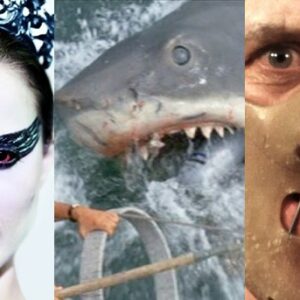
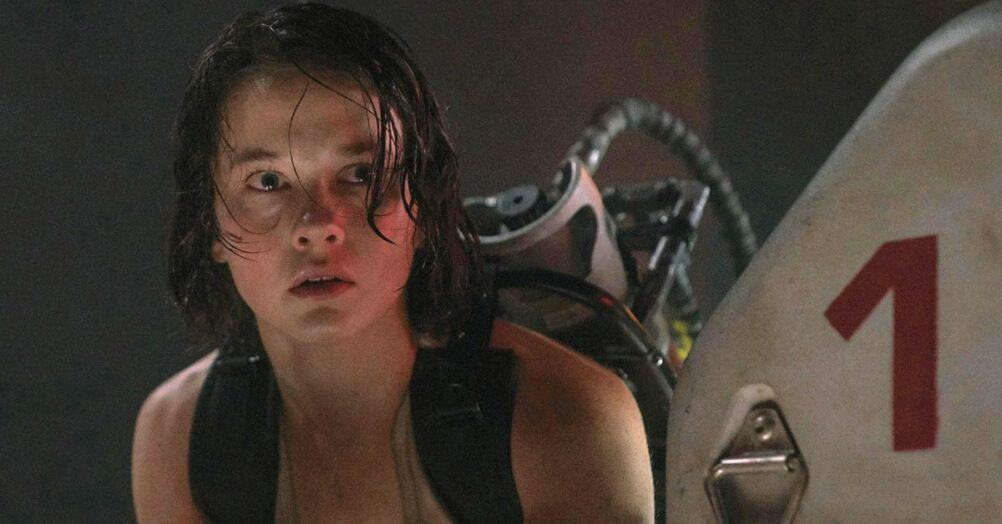


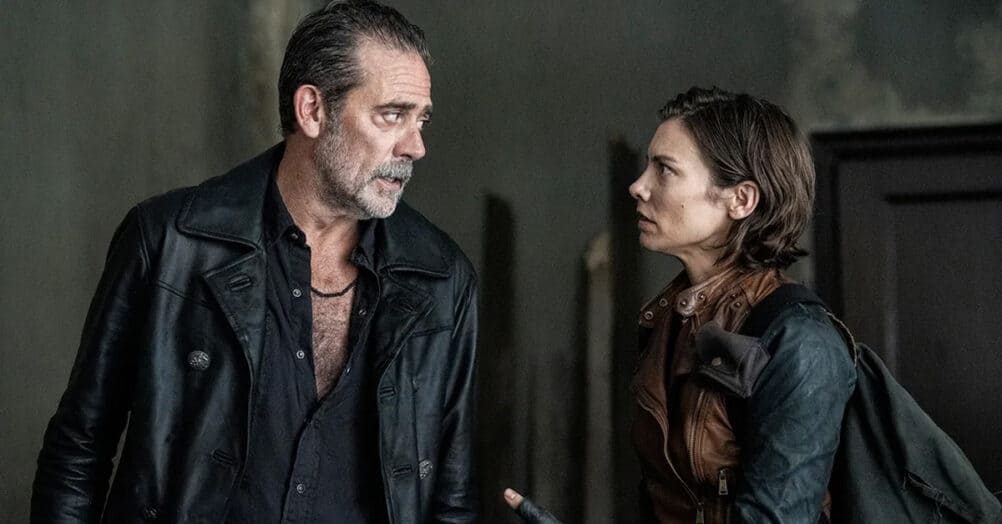
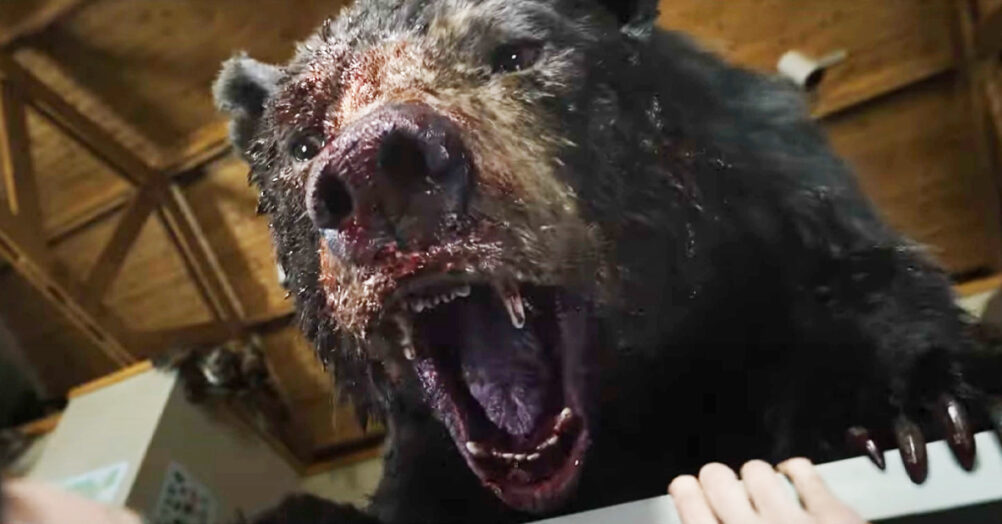

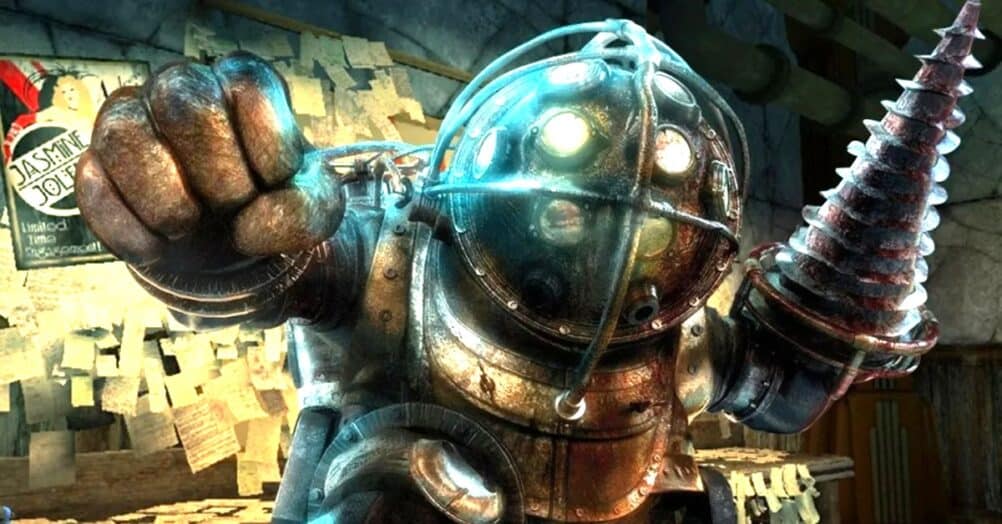
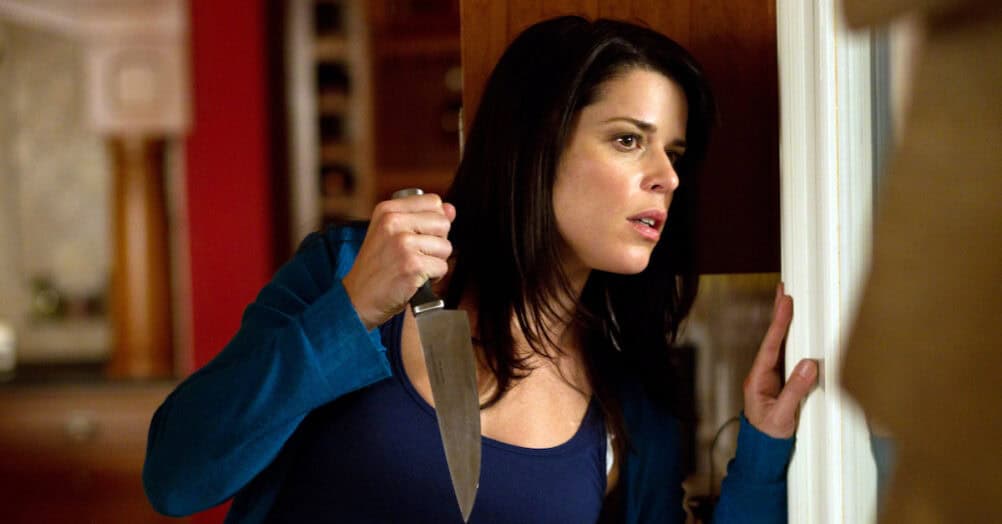


Follow the JOBLO MOVIE NETWORK
Follow us on YOUTUBE
Follow ARROW IN THE HEAD
Follow AITH on YOUTUBE